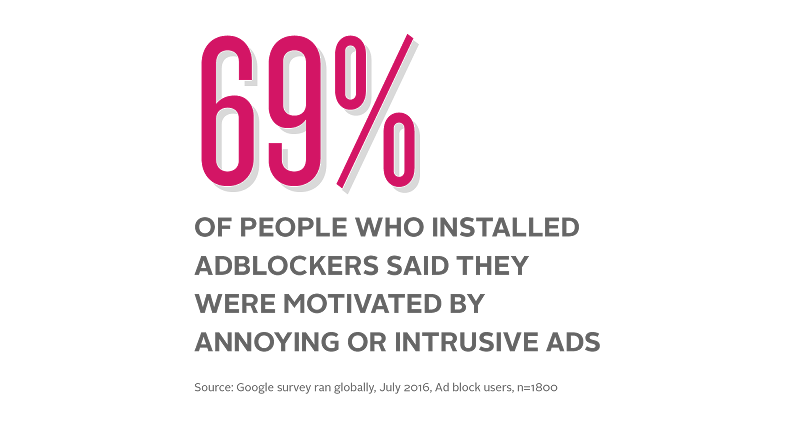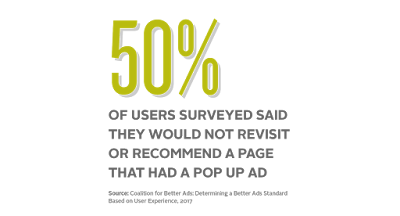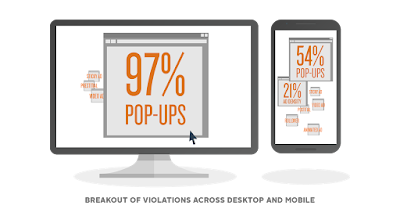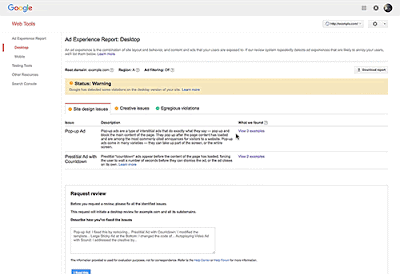I believe that the future of TV is one that’s smarter — that brings together the TV content you love with the seamless experience of digital — on every screen or surface. Building towards that future, at our Partner Leadership Summit in Chicago early this month, we announced several new products and features to DoubleClick for Publishers, made for our TV.
Video ad experiences get smarter, live and on-demand, with Dynamic Ad Insertion
Over the years, we’ve rebuilt our video platform from the ground up — we knew that TV was a very different experience from the web and we knew that broadcasters had different challenges, infrastructure, distribution partners and content from web publishers. With TV coming to digital, we put our stake in the future of building for a better user experience — one that was connected, always on, and on-demand.Powering dynamic ad insertion has become a leading benefit of our platform. Over the last couple of years, we’ve successfully powered dynamic ad insertion for live streaming and on-demand content for many of the largest news, sports events and episodic premiers. In fact, over the past two years alone we’ve seen a 4X increase in ad impressions delivered via our Dynamic Ad Insertion product by TV partners like CBSi, AMC, Bloomberg, TF1 and many more.1
Smarter TV ad breaks optimize revenue within each pod, programmatically
We’re also bringing new updates to a key feature of our platform — smarter TV ad breaks. With this update, ad slots no longer need to be sold as fixed lengths in the break. Smarter TV ad breaks automatically optimize your ad break to the revenue-maximizing combination of ads, personalized and relevant for each viewer. For example, a ninety second ad break can now be filled by two 15-second and two 30-second ads or one 15-second, one 60-second and two 6-second bumper ads depending on what will bring you the most revenue. Importantly, we’re able to do this across your programmatic or reservation deals, while respecting your business rules, such as competitive exclusions and frequency capping within the break or stream.Content gets smarter with TV Content Explorer
To effectively monetize TV content, you need a platform that can better understand the content you’re monetizing, the audiences engaging with it and serve the right ad in just the right moment no matter where users are consuming it. That’s why we’re launching TV Content Explorer in DoubleClick for Publishers, available in beta by the end of 2017.Leveraging Google’s machine learning expertise and smart heuristics, TV Content Explorer creates and automatically organizes an intuitive catalog of your shows and clips. We analyze millions of signals from video content feeds, automatically applying classifiers and making recommendations for how content should be organized across dimensions like show, genre, trending, dayparts, etc. With this inventory catalog, you’ll get a clearer view of the opportunities and packages available to sell.
But that’s not all. To ensure that you aren’t leaving any revenue on the table, the Explorer will also proactively surface deeper insights into audiences and monetization opportunities via insight cards. We’re just scratching the surface of what’s possible with this feature and are excited to bring even more innovation to this Explorer in the future.
Inventory decisions get smarter with updated forecasting and pacing models
Accurately predicting inventory volumes across a multitude of devices for TV content requires consideration for factors such as seasonality of content, unpredictable viewership spikes for live events and varying programming schedules.That’s why our new forecasting and pacing models, currently in beta, were built to include a lookback window of 18 months, consideration for organic growth over time, audience seasonality and one-off anomaly corrections for unpredictable events like breaking news. Soon, it will also allow you to import offline traffic data and upload custom pacing curves to inform the algorithm for greater accuracy.
Audience strategies get smarter with insights from Google
We recently shared that we’re starting limited tests to help our partners better understand their audiences with new insight reports that expose demographic and interest data from Google. This presents an opportunity for broadcasters and programmers to personalize ad experiences more effectively and package digital inventory similarly to how TV is bought and sold. Additionally, we’re starting limited tests to help partners serve ads against demographic data from Google via Programmatic Guaranteed deals with DoubleClick Bid Manager.TV is here to stay because there’s no such thing as too much good content — it’s hard for me to imagine a world without 90210, Breaking Bad or Designated Survivor. By bringing everything that’s good about digital to TV, we’re only making it unstoppable. Stay tuned to learn more about how we’re evolving our platforms for a future where TV will be smarter, just as it will continue to be everywhere.
| Posted by Rany Ng Director, Product Management, Google |















